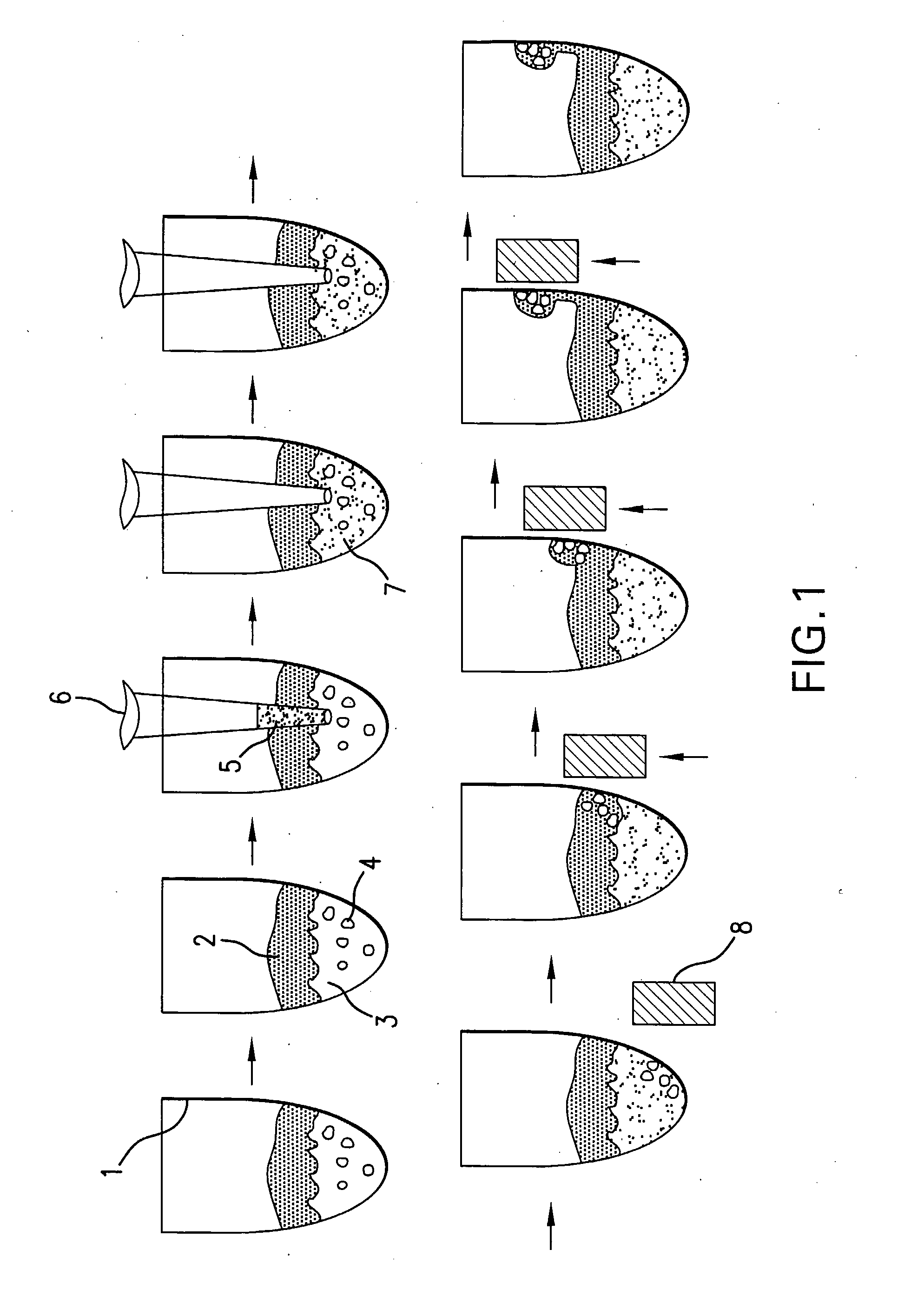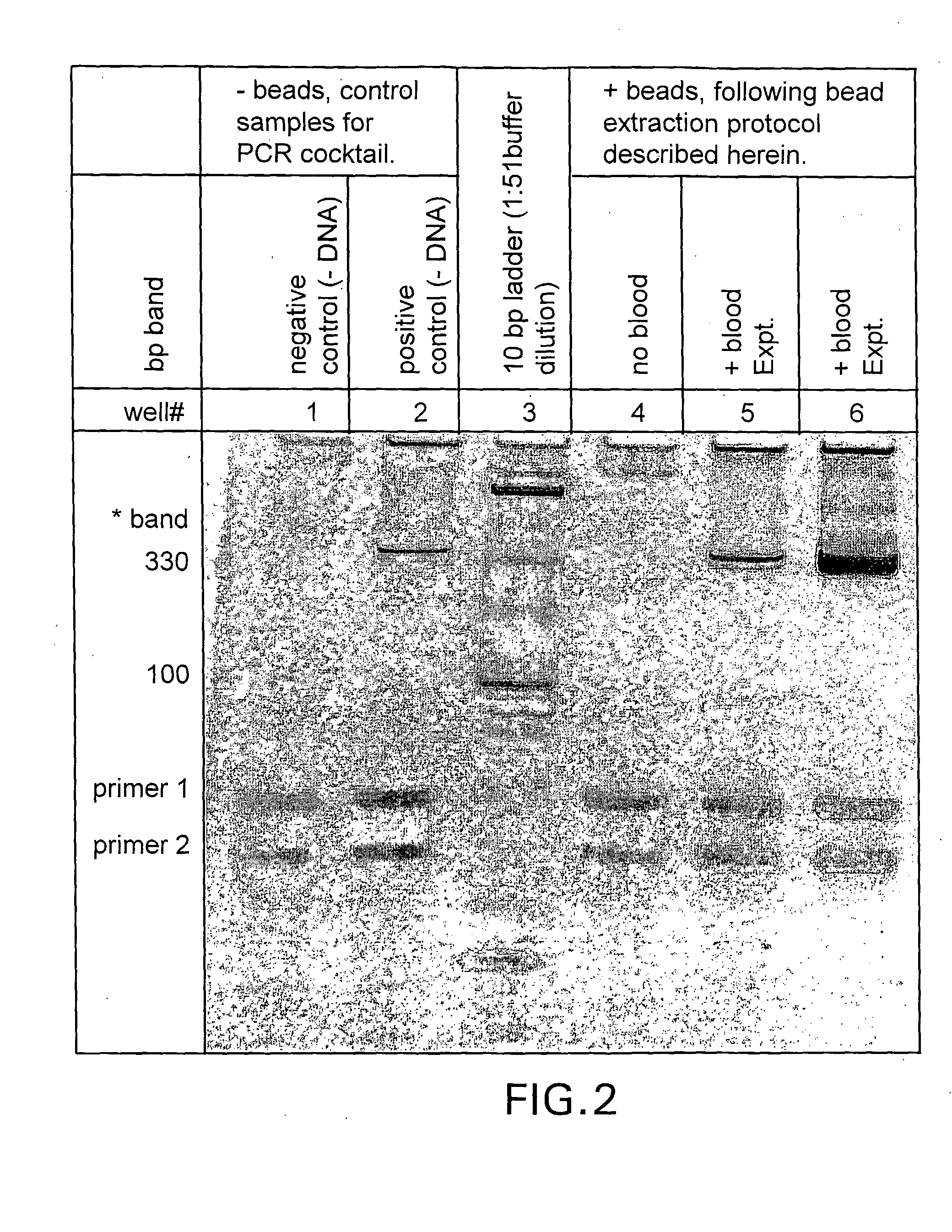Molecular diagnostics system and methods
a nucleic acid and test cartridge technology, applied in the field of integrated nucleic acid test cartridges, can solve the problems of time taken between tests, non-portable and operationally complex instruments, and inability to meet the requirements of laboratory equipment, so as to improve the possibility of point-of-care diagnostic testing, rapid, inexpensive and convenient
- Summary
- Abstract
- Description
- Claims
- Application Information
AI Technical Summary
Benefits of technology
Problems solved by technology
Method used
Image
Examples
Embodiment Construction
Nucleic Acid Separation Methods and Apparatuses Based on Magnetic Particles
[0080]The present disclosure demonstrates a rapid and simple protocol for isolating genomic DNA from whole blood for the primary purpose of performing an amplification reaction, e.g. polymerase chain reaction (PCR). The present method has the advantage of exhibiting a significant reduction in the common inhibitors of PCR, e.g. hemoglobin, found in prior art rapid DNA extraction protocols. In blood samples, added anticoagulation reagents such as chelating agents, heparin, EDTA and citrate can also act as inhibitors. The present method eliminates these inhibitors and other naturally occurring chelating agents as well as enzymes and proteins that can damage nucleic acid templates. It is important to note that this technique is also applicable to other sources of nucleic acid material, e.g. buccal swabs, urine, and other tissue samples, and can also be used in conjunction with other amplification methods.
[0081]By...
PUM
| Property | Measurement | Unit |
|---|---|---|
| melting point | aaaaa | aaaaa |
| melting point | aaaaa | aaaaa |
| melting point | aaaaa | aaaaa |
Abstract
Description
Claims
Application Information
 Login to View More
Login to View More - R&D
- Intellectual Property
- Life Sciences
- Materials
- Tech Scout
- Unparalleled Data Quality
- Higher Quality Content
- 60% Fewer Hallucinations
Browse by: Latest US Patents, China's latest patents, Technical Efficacy Thesaurus, Application Domain, Technology Topic, Popular Technical Reports.
© 2025 PatSnap. All rights reserved.Legal|Privacy policy|Modern Slavery Act Transparency Statement|Sitemap|About US| Contact US: help@patsnap.com



